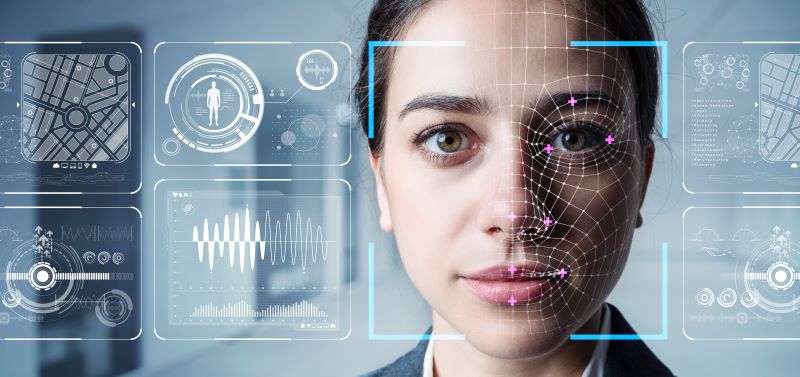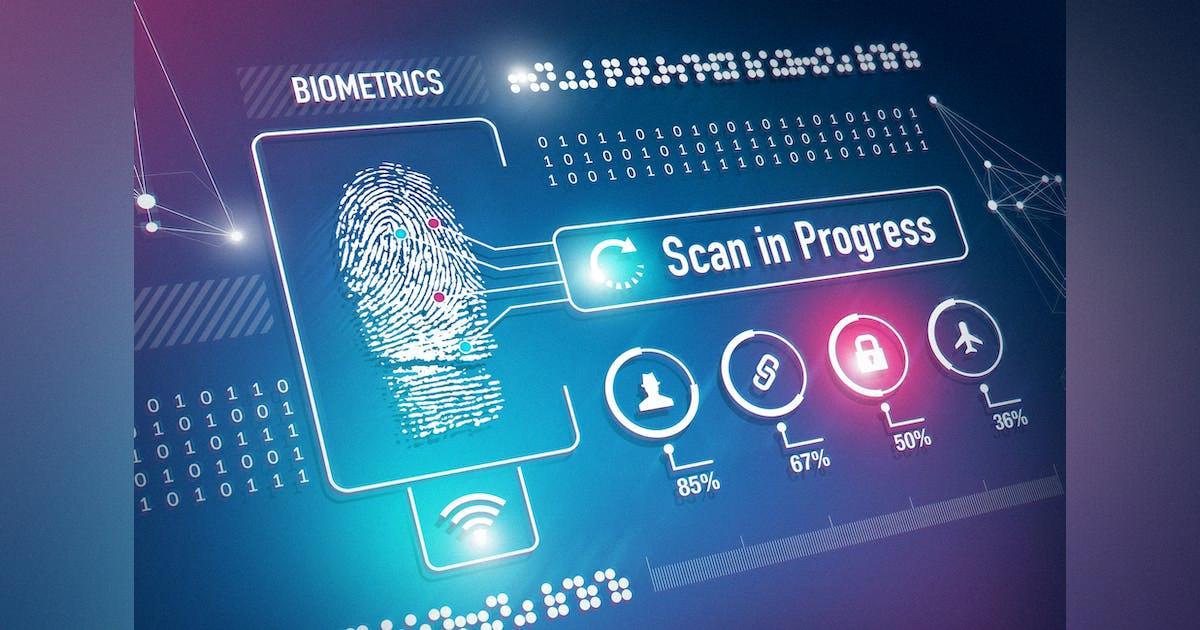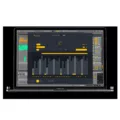Biometric data collection is becoming an increasingly common practice in today’s world. It is a technology used to identify individuals based on unique physical characteristics such as fingerprints, facial recognition, and retina scans. Biometric data collection can be used for a variety of purposes, from law enforcement to healthcare to commercial applications.
At the Biometric Collection Centre, biometric information is collected using a quick, discreet, and non-intrusive process. This typically involves capturing a facial image with a digital camera and then a 10-digit fingerprint scan with a digital fingerprint scanner. The overall process is typically completed within minutes, allowing companies and organizations to quickly identify individuals without their having to remember or enter any passwords or other identifying information.
The convenience of biometric data collection has made it popular with businesses, who are able to quickly and securely identify customers or clients who may have forgotten their passwords or other identifying information. On top of this, biometrics are increasingly being used for public safety purposes such as border control and airport security checks. This technology helps authorities quickly identify potential threats before they can cause harm while also allowing legitimate travelers to pass through security more efficiently.
Biometrics also provides an extra layer of security for consumer accounts and financial transactions. By eliminating the need for passcodes or other identifying information, biometrics help reduce the risk of fraud or identity theft by making it more difficult for hackers to gain access to confidential information.
Overall, biometric data collection provides businesses, government organizations, and consumers alike with an added layer of security that helps protect confidential information while also making life easier by eliminating the need for passwords or other forms of identification. With its quick processing time and secure authentication methods, biometric data collection is likely here to stay!

Methods of Collecting Biometrics
Biometrics are collected using a non-intrusive, quick, and discreet process. A digital camera is used to capture a facial image of the individual, while a digital fingerprint scanner is used to take a 10-digit fingerprint scan. This process is designed to be quick and efficient so that the individual can proceed with their application without interruption. The biometric information collected is securely stored, and can only be accessed by authorized personnel.
Uses of Biometric Data
Biometric data is used to identify and authenticate individuals. It is commonly employed in law enforcement, commercial applications, migration control, civil identification, healthcare, and other security-sensitive applications.
In law enforcement, biometric data can be used for criminal identification and verification. In commercial applications, such as banking and shopping, biometric data can be used to verify the identity of customers. In migration control, biometric data can help ensure that only authorized persons are allowed entry into a country or region. In civil identification programs, biometric data can be used to identify citizens for voting or other public services. In healthcare, biometric data can be used to securely identify patients for medical records access or other treatments.
Biometrics are also being increasingly implemented in highly secure applications such as military operations and government security systems. The use of biometrics allows organizations to uniquely identify individuals and authenticate their access rights to sensitive areas or materials.
Overall, biometrics provide a reliable way of verifying an individual’s identity while maintaining privacy and security protocols across a variety of sectors.
The Benefits of Collecting Biometric Data for Companies
Biometric data is collected by companies because it offers significant advantages in terms of convenience and public safety. By using biometric data, such as fingerprints, iris scans, and facial recognition, companies can quickly and accurately identify individuals. This eliminates the need for manual processes such as manually entering passwords, which can be time-consuming and error-prone. Additionally, collecting biometric data adds an extra layer of security to help protect companies from fraud and identity theft. In addition, collecting biometric data can also enable companies to more easily comply with applicable regulations regarding the secure collection and storage of customer information.
Examples of Biometric Data
Biometric data is information that is unique to each individual, and it is used to identify and authenticate people. The three most common types of biometric data are fingerprints, facial recognition, and retina scans.
Fingerprints are the most commonly used form of biometric data. This form of biometric authentication involves scanning an individual’s finger to create a unique pattern that can be used to verify their identity.
Facial recognition is another type of biometric data that uses an individual’s unique physical characteristics such as their face shape, size, and features to verify their identity. This technology has become increasingly popular in recent years due to its convenience and accuracy.
Retina scans use the patterns in the blood vessels at the back of an individual’s eye to authenticate their identity. This type of biometric data is considered one of the most secure forms of authentication due to its uniqueness and accuracy.
Types of Biometrics
The four main types of biometrics are fingerprint, facial recognition, iris recognition, and voice recognition. Fingerprint biometrics use unique characteristics of an individual’s fingerprint to authenticate their identity. Facial recognition uses facial features to recognize a person. Iris recognition is based on the unique patterns in the colored part of the eye. Voice recognition uses acoustic features of a person’s voice to authenticate who they are. All four of these biometric methods are widely used for security and access control applications.
Most Common Biometric Identification
The most common form of biometric identification is fingerprint recognition. This involves using an individual’s unique pattern of ridges and valleys on the surface of their finger to identify them. Fingerprint recognition is widely used in a variety of applications such as access control systems, law enforcement, and financial transactions. It is relatively inexpensive to implement and requires minimal hardware. Additionally, fingerprints are considered to be highly reliable and accurate, making it one of the most secure forms of biometric identification available.

Source: securityinfowatch.com
Pros and Cons of Biometrics
Pros of Biometrics:
•Biometrics provides convenience as it offers a more secure form of authentication than traditional methods, such as PINs and passwords.
•Biometrics are stable and enduring, meaning that once a user is registered with a biometric system, their identity is accurately tied to them for the duration of the use.
•Biometrics offer strong authentication and accountability that cannot be repudiated or denied by the user.
•Biometrics require very little database memory and storage space; they are often much easier to manage than other authentication methods.
•Biometric systems provide an extra layer of safety as they are non-transferable; an individual’s biometric data cannot be shared or stolen by someone else.
Cons of Biometrics:
•The initial cost of setting up a biometric system can be quite expensive.
•Biometric systems can be prone to errors if not set up properly; they must match specific criteria to ensure accuracy.
•Some biometric systems may require individuals to submit personal information before registering, which could put them at risk for data breaches and identity theft.
•There is potential for false positives with some biometric systems; in some cases, two people may have similar enough traits that the system mistakenly identifies them as the same person.
•There is also potential for false negatives when individuals’ biometric data changes over time, such as due to age or illness; if the system does not recognize these changes, it may deny an individual access even if they are authorized users.
Types of Biometric Data
Biometric data is a type of technology used to identify individuals based on their unique physical and/or behavioral characteristics. Biometric data falls into two major categories: Biological and Behavioral.
Biological biometrics are physical characteristics associated with an individual, such as fingerprints, facial features, iris scans, and vein patterns. These types of biometrics are derived from the body and cannot be changed or duplicated.
Behavioral biometrics measure how an individual interacts with a system or device. This can include keystroke dynamics (how quickly one types), gait (the manner in which one walks), signature recognition, and voice recognition. Behavioral biometrics can change over time depending on the user’s circumstances or environment, but they are still considered reliable forms of identification.
Common Devices That Utilize Biometrics
Biometric devices are widely used today to identify and verify individuals. Fingerprint scanners are perhaps the most common type of biometric device in use today. These devices capture an individual’s unique fingerprint pattern, which can be used to verify identity. Other biometric devices include facial recognition terminals, which use 3D mapping technology to identify individuals based on their facial features; retina scanners, which scan the unique pattern of veins in the back of an individual’s eye; voice recognition systems, which analyze an individual’s voice to identify and authenticate them; and palm scanners, which measure the shape and size of an individual’s palm to verify identity. Biometric mobile devices also exist for use with smartphones or other mobile devices that allow users to unlock their devices with a scan of their fingers or faces.
Benefits of Biometrics
1. Uniqueness: Biometric indicators are linked to a single individual, meaning they can provide a high level of security and accuracy compared to other forms of identification.
2. Convenience: There is no need to remember or carry anything when using biometric identification as the authentication is based on physical traits.
3. Adaptability: Biometric indicators can be used for both physical and digital security purposes in various industries such as healthcare, banking, government, and more.
4. Fraud Resistance: Biometrics are highly resistant to fraud since they cannot be stolen or replicated easily.
Conclusion
In conclusion, biometric data collection is a quickly growing technology that provides convenience and public safety for businesses, corporations, and individuals alike. It is becoming increasingly popular due to its ability to quickly and accurately identify individuals by their physical characteristics. Biometrics can be used in many different applications such as law enforcement, civil identification, healthcare, and more. As technology evolves and develops, biometric data collection will become even more commonplace.








